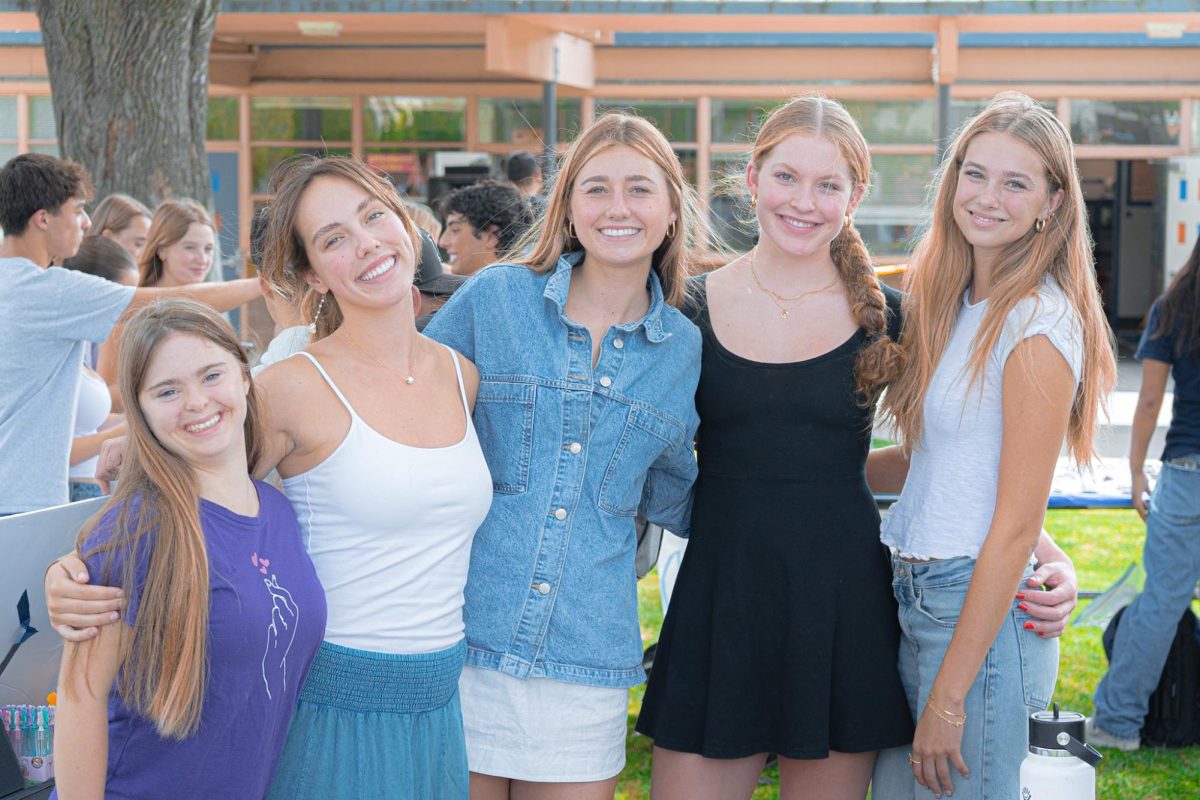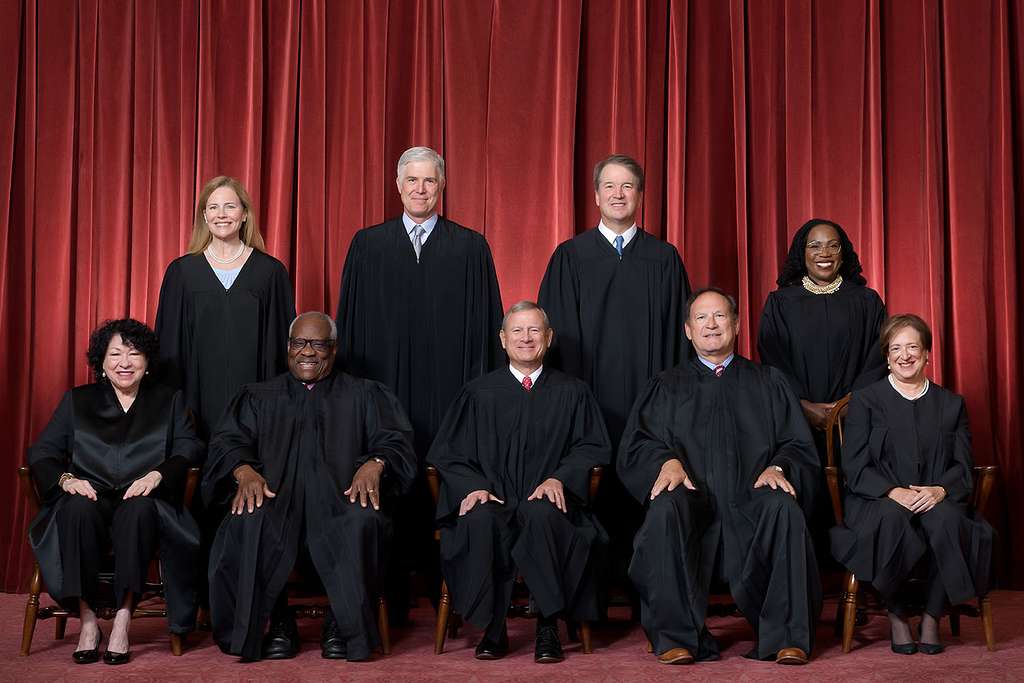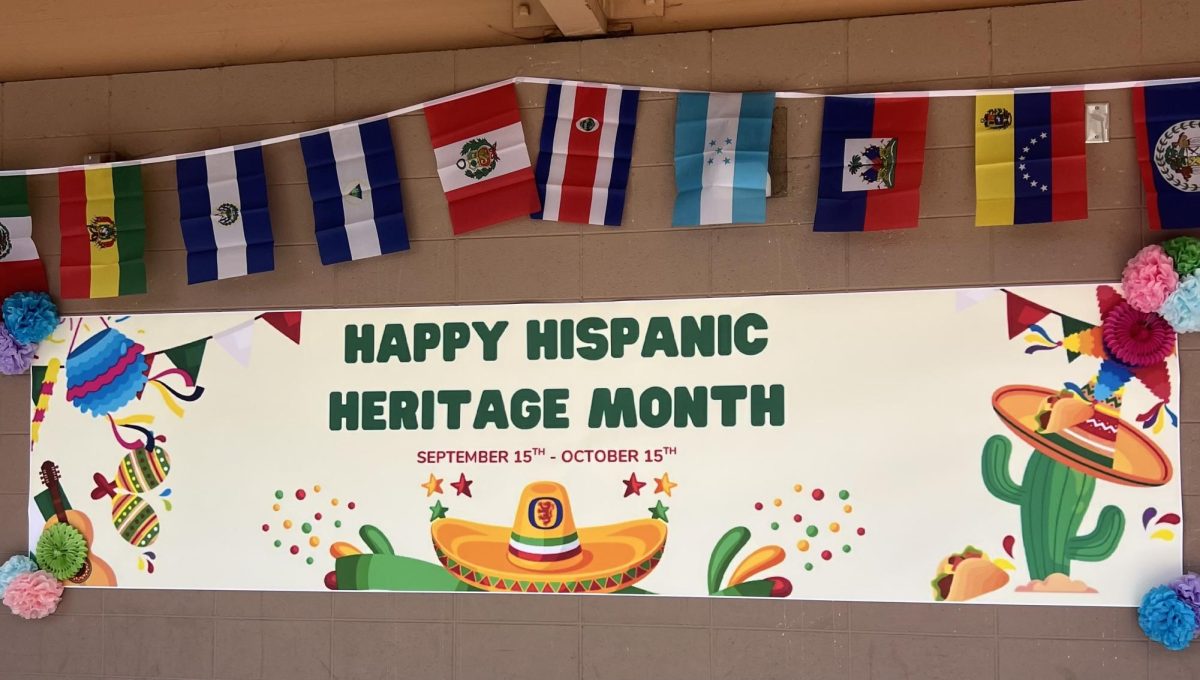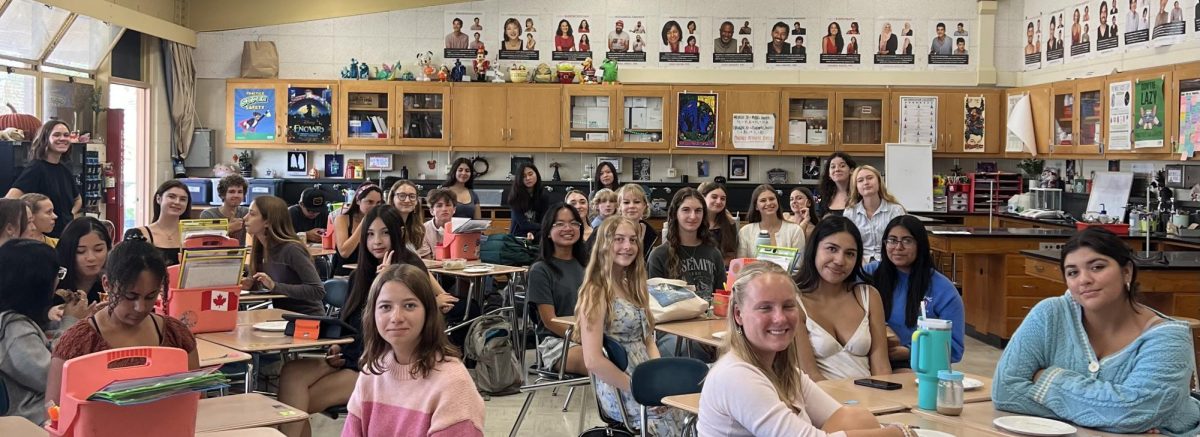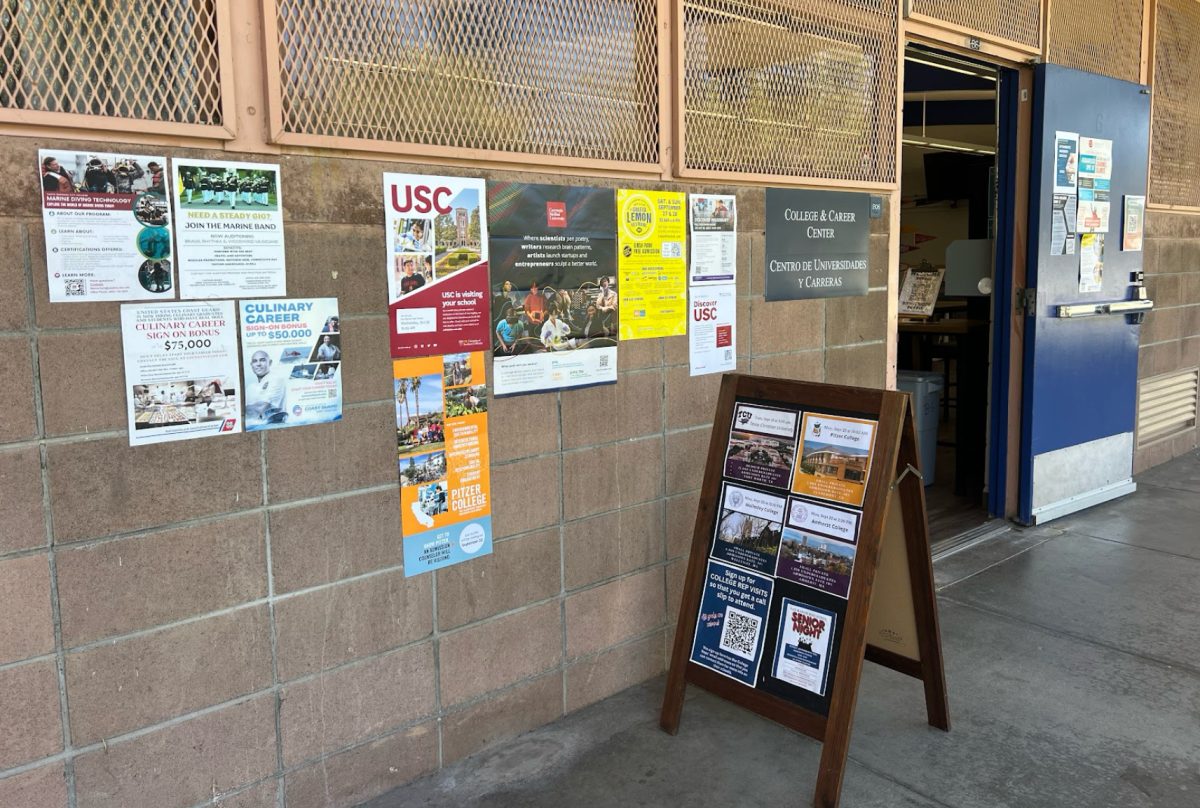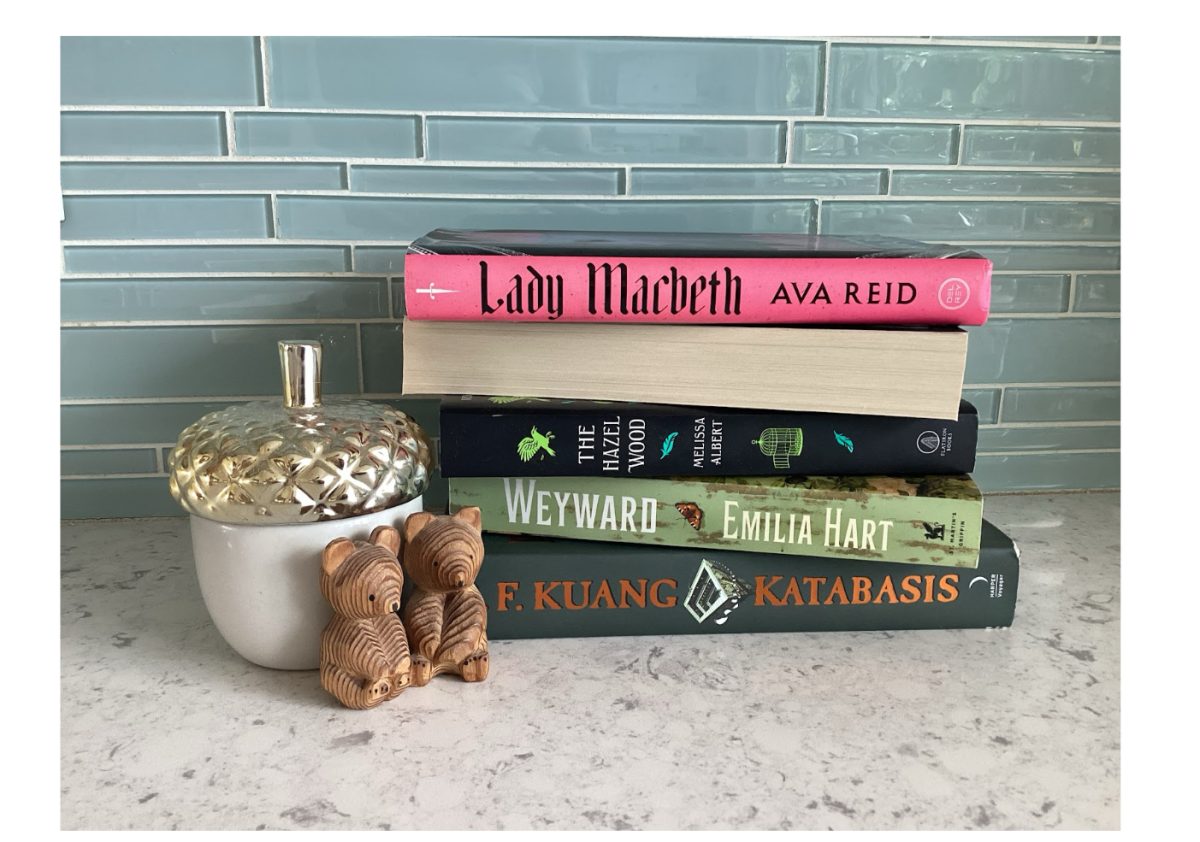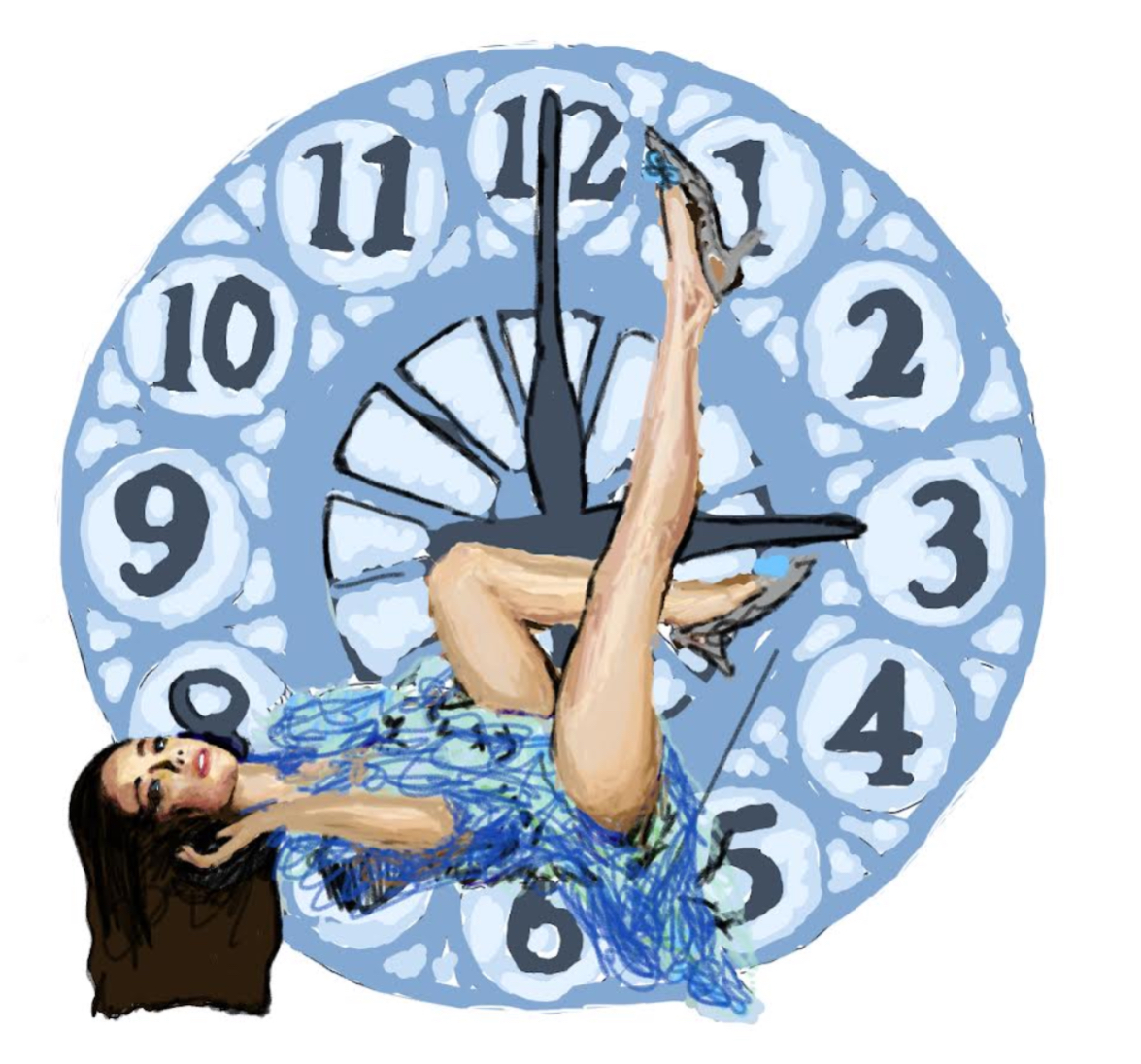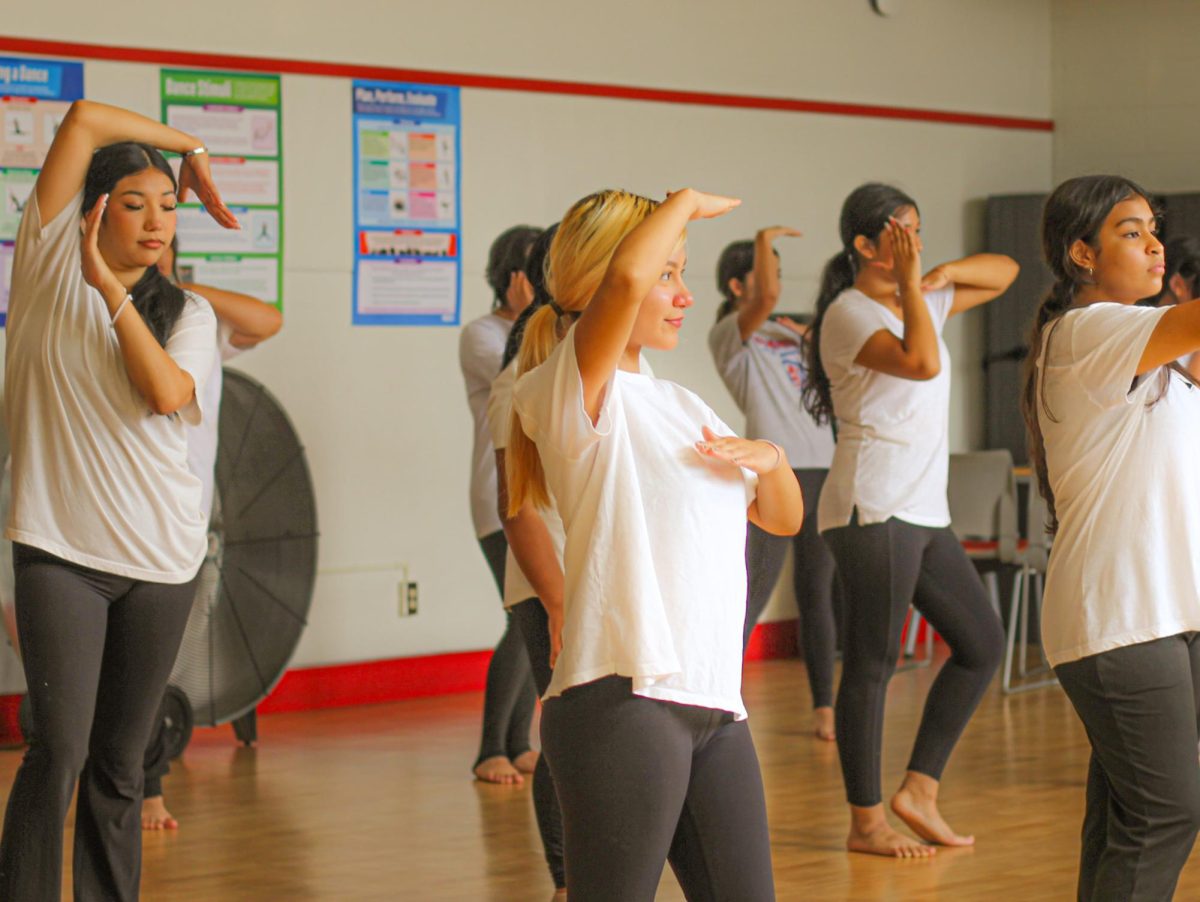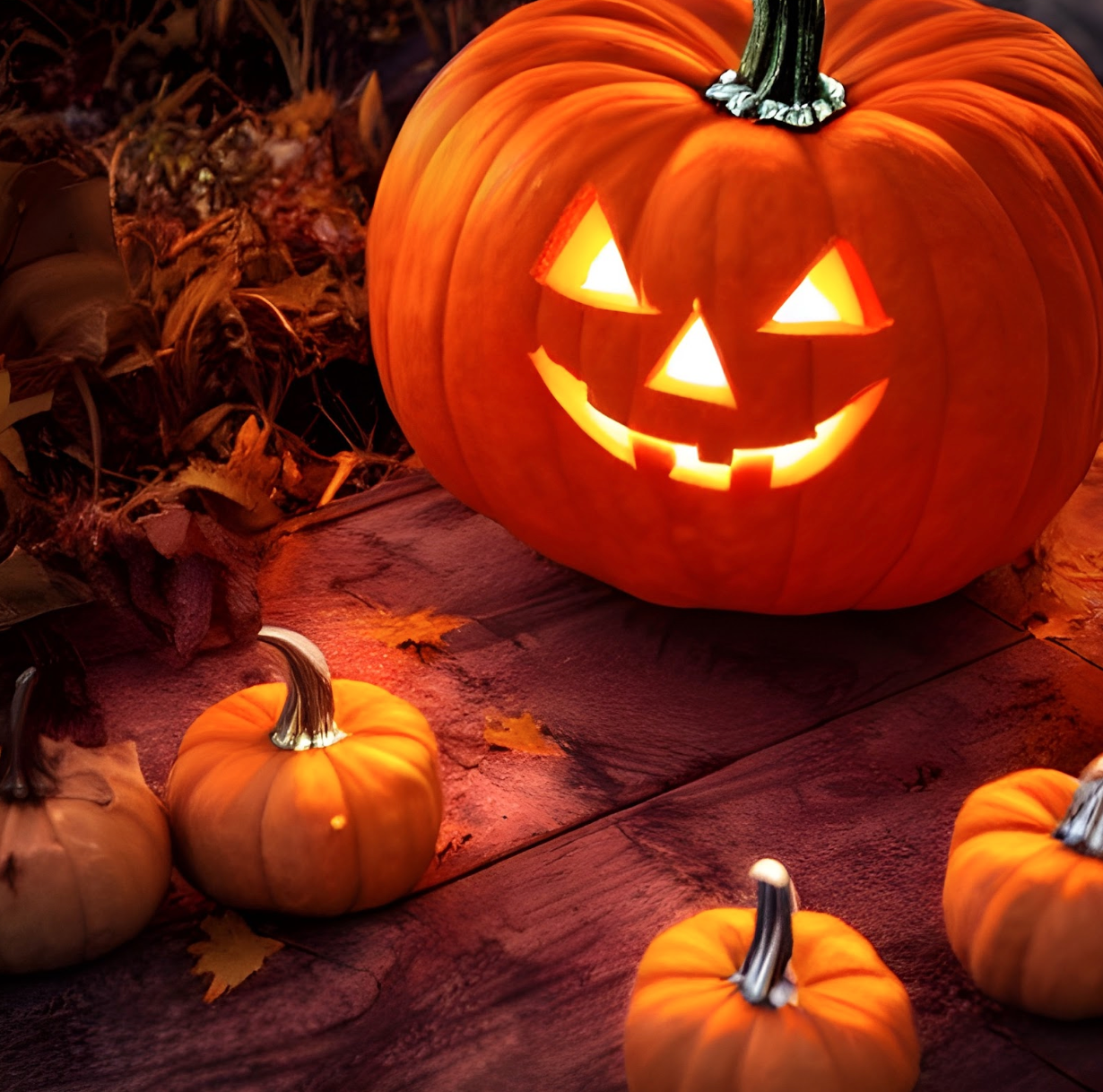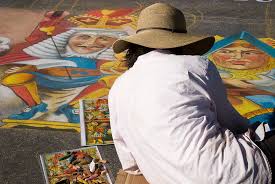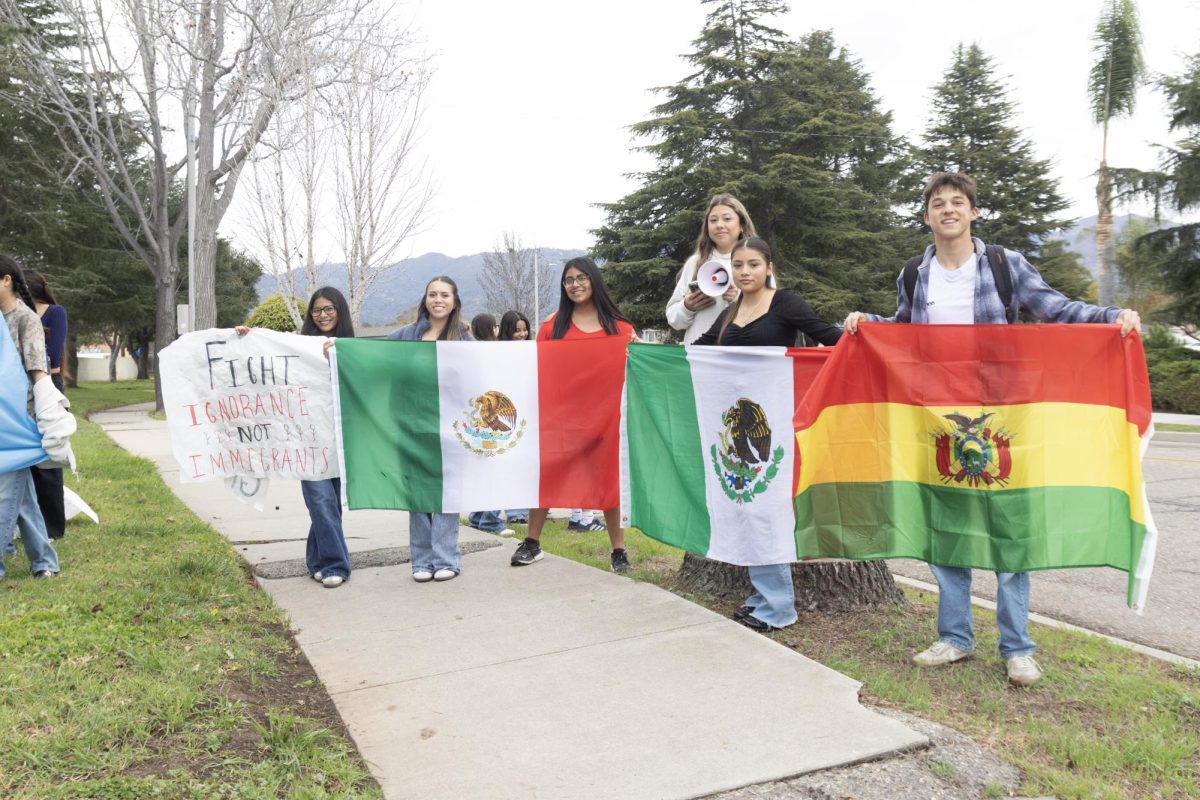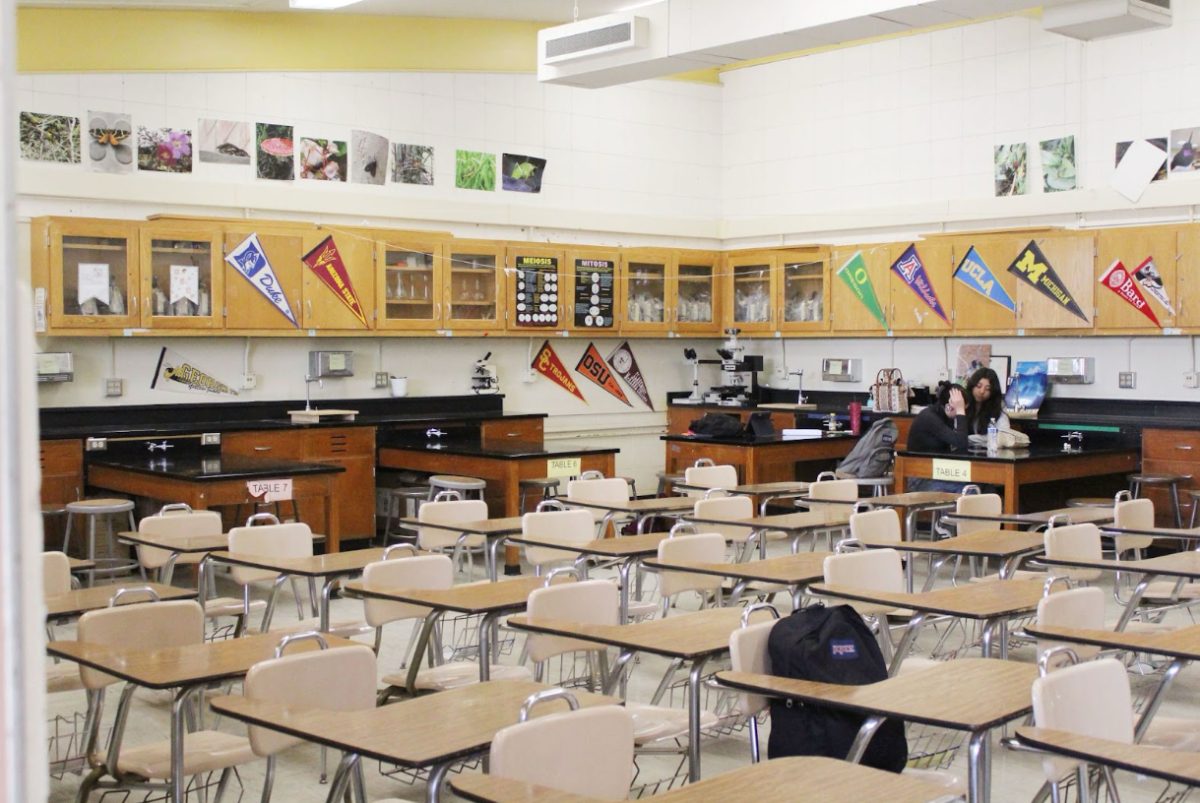With consumers in the United States expected to spend $10.6 billion on Halloween this year, it has become one of our country’s biggest holidays. Halloween is a day of trick-or-treating, binge-watching scary movies, and eating loads of candy, but this holiday has gone through many changes over the centuries.
Where It All Started
Contrary to popular belief, Halloween was not created as a marketing ploy by the candy companies. It actually stems from the 2,000 year old Celtic tradition of Samhain. They believed that on the day before the new year began, spirits would be able to return to Earth. Since their new year was on November 1st, Samhain was celebrated on October 31. The Celts would dress up in masks and disguises so the spirits would think they were one of them. By 43 CE the Celts were conquered by the Roman Empire, who combined two of their own holidays with Samhain; Feralia, the day they commemorated the passing of the dead, and the celebration of Pomona, the Roman goddess of trees and fruits. By 1000 CE Samhain had gone through many name changes from All Soul’s Day, to All Hallow’s Eve, and finally to Halloween.
How It Changed
When Halloween was first introduced, it was not all that popular, and was actually forbidden in some of colonial New England. Their main autumn celebration was centered more around celebrating the harvest, although ghost stories were popular. Halloween’s increase in popularity did not occur until the 1850’s. During the Irish Potato Famine, many people came over to America, and with them came an increase in approval of Halloween. Eventually, more and more people began to dress up and go door to door asking for treats. However, newspapers were handed out asking families to take anything scary or frightening out of Halloween and encouraged them to host large celebrations and gatherings.
Trick or Treating
By the 1930’s kids would go and play Halloween pranks on their neighbors, and it usually resulted in damages to property, broken mailboxes, and tipping over sleeping cows. And what was their great idea to stop the destruction? Bribery. They would leave out candy and food, and in exchange their houses would be left alone. Thus the tradition of trick-or-treating was revived among communities.
Evolution Of Traditions
Speaking of tricks, in Scotland and Ireland they would carve faces into turnips and place them outside of graveyards in hopes of scoring anyone who passes by. When this tradition was brought over to America, the turnips were replaced by pumpkins (which were much more common), and the tradition of carving Jack-O-Lanterns was created. Apple-bobbing – a tradition seen more on TV than in real life – is likely to have originated from the celebration of the Roman goddess Pomona. Pomona is the goddess of fruit and trees, but she was also commonly associated with apples. With the Feast of Pomona being combined with Samhain, it is likely that this directly influenced the creation of apple bobbing.
Halloween has gone through many changes over the years from the traditions to the name itself. Whether you are out trick-or-treating or staying in watching horror movies, Halloween has remained a holiday that can be enjoyed by all.

